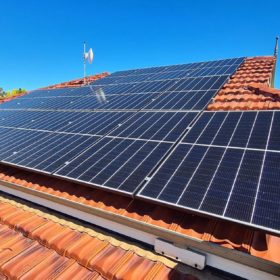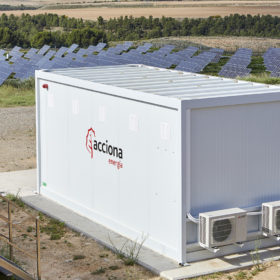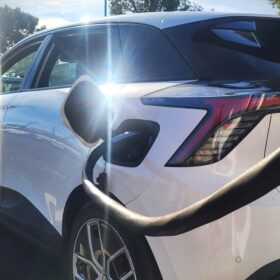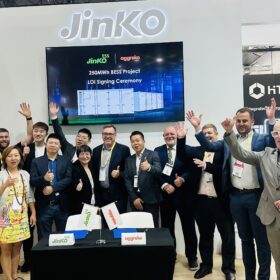Infinite Energy pulls plug on rooftop solar and battery business
One of Australia’s largest residential and commercial solar PV retailers and installers has announced it will exit the market, declaring low margins and once-in-a-generation disruptions to the supply chain brought on by the Covid-19 pandemic have taken a toll.
Viologen redox flow battery for renewables storage
Conceived for the storage of residential and large scale renewable energy, the device has a rated power of over 150mW/cm2, an energy density exceeding 40Wh/L, and a power density of 72.5mW/cm2. The battery was built with an anode made of inexpensive viologen and its cost, according to its creators, may be lower than US$100/kWh (AU$140).
Home battery subsidisation proposal garners widespread support
A bill which would make home batteries up to $3,000 cheaper nationwide has been tabled by Independent MP Helen Haines. Haines proposes making home batteries eligible for Small-scale Technology Certificates, the same scheme behind Australia’s thriving rooftop solar sector.
Victoria’s Solar Homes program extends with six VPPs offering ‘guaranteed benefits’ and extra protections
The Victorian government will be expanding its Solar Homes rebate program into the world of Virtual Power Plants (VPPs), announcing on Tuesday that households who install a battery and sign up to the pilot before July 2022 will receive a rebate of over $4000.
Lithium-ion home battery blaze in Adelaide reignites safety concerns
A fire caused by a lithium-ion home battery system in northern Adelaide over the weekend has led authorities to urge solar and battery owners to be vigilant with maintaining their systems.
WA rolls out new rules to manage booming rooftop solar sector
Western Australia will today introduce new curtailment rules which will allow for all new and upgraded solar PV and battery energy storage installations with an inverter capacity of 5 kW or less to be remotely turned down or switched off in emergency situations.
Zinc batteries: Old technology brings new values
In battery storage, there is no silver bullet chemistry type and as we move towards more ambitious decarbonization goals, room is being made for diverse systems. As an old technology with new vitality, zinc-based batteries are edging closer to commercialization, leveraging their unique ability to be configured for short and long duration operation. They are safer, longer lasting and, in some cases, reportedly up to 50% cheaper than lithium-ion batteries and, following recent game-changing advances, the prospects for zinc look much more exciting. pv magazine sat down with the manager of the newly established, global Zinc Battery Initiative, Josef Daniel-Ivad, to discuss the technology’s market position and developments.
Latent heat thermal storage with PV for nearly zero-energy buildings
Researchers in Italy are combining PV with latent heat thermal storage (LHTM) and other renewable energy sources to maximize clean energy consumption in buildings. The 47kW PV array and LHTM system work independently, but the scientists said that a heat pump could be used to link them.
Forget batteries, what if surplus renewable energy could be stored as information?
A pair of researchers from the University of California San Diego have proposed to precompute certain data when the grid is flooded with solar or wind power, and then store it on servers for later use.
Australian zinc-bromide batteries chosen for Acciona’s Spanish testing field
Gelion’s zinc-bromide Endure batteries will undergo commercial tests at the 1.2 MW Montes del Cierzo testing field Spanish renewable energy company Acciona Energía operates in Navarra, in the north of Spain.















